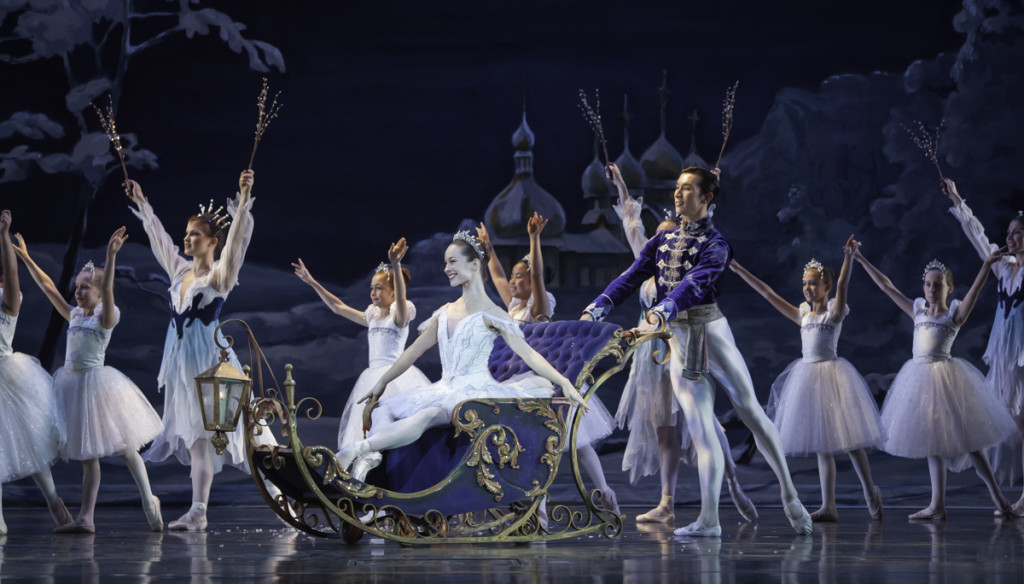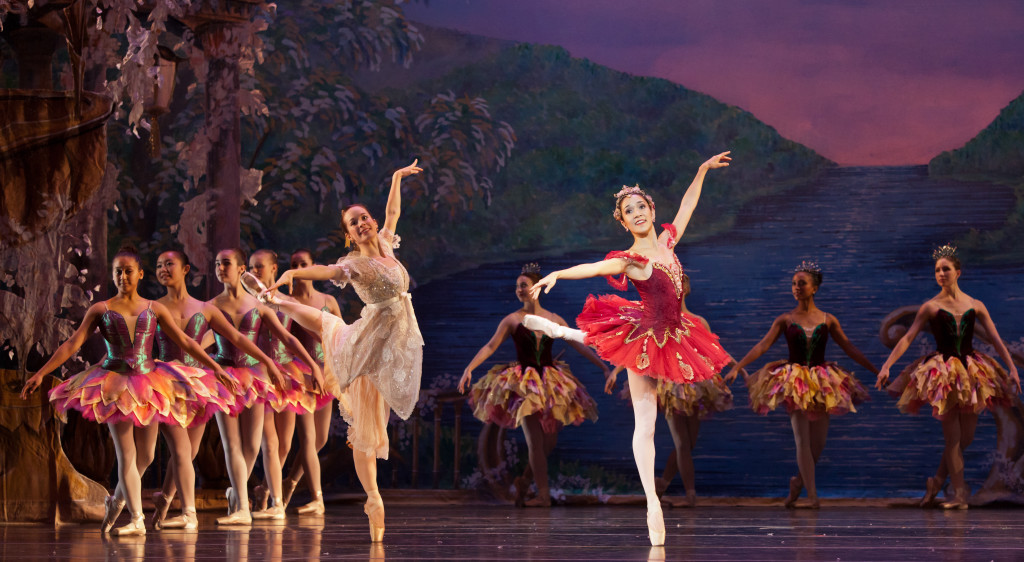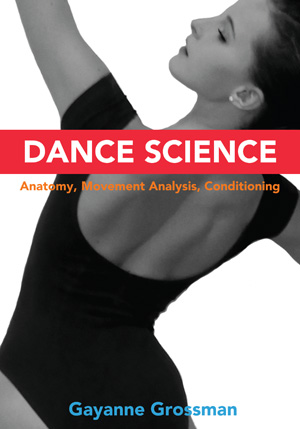This year marks my 16th Nutcracker season. I have had the privilege of performing seven of those seasons in George Balanchine’s version of the Nutcracker, which premiered in 1954 in New York City.
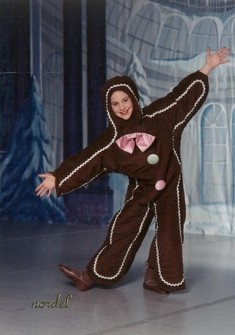
It is common for The Nutcracker to be the first performing opportunity dancers have in their pre-professional career. Once training intensifies, the requirements for Nutcracker can become more demanding. My first Nutcracker experience was with the Northeast Youth Ballet under the direction of Denise Cecere. With the Northeast Youth Ballet, I spent six seasons performing most of the roles in the ballet including Clara and the Dew Drop Fairy. The last couple years of my training were spent performing in Boston Ballet’s Nutcracker under the direction of Mikko Nissinen. Performances with the Northeast Youth Ballet and Boston Ballet were crucial to my understanding of future professional life.
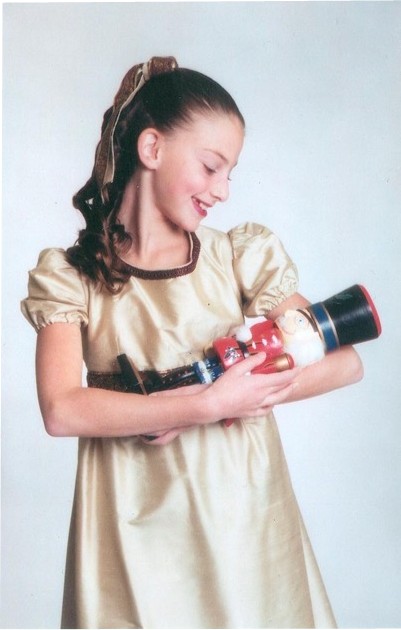
In 2009, I was first exposed to George Balanchine’s The Nutcracker with Alabama Ballet. During my five seasons with the company, I was given opportunities to perform many roles including the Sugar Plum Fairy, Arabian, and Lead Marzipan. One particular role I fell in love with was Coffee, also known as Arabian. I was chosen to perform Coffee for all five seasons. This repetition gave me time to refine this specific role while also exploring the other personalities that make the ballet unique.

At Miami City Ballet, rehearsals for George Balanchine’s The Nutcracker begin in September. It is a special time of year in which you hope to gain new experiences and bring something different to your audience. Performances span from the beginning of December until New Year’s Eve. This will be my fourth season performing as the Sugar Plum Fairy and my second with Miami City Ballet. Along with performing the Sugar Plum Fairy, I will performing the roles of Lead Spanish, Demi-Soloist Flower, Marzipan, Flower, Snow, and Party Parent.
As a little girl I had always dreamed of dancing as the Sugar Plum Fairy. Last season, when I saw my name on the casting list to dance the iconic role, I couldn’t wait to get to work. It was a new opportunity to perform a very rewarding and challenging role in a new home. On top of that, I was paired with a partner, Ariel Rose, who I had spent time dancing with in Balanchine’s Who Cares? at Boston Ballet. It has been really special to work with Lourdes Lopez on this principal role. The time Ariel and I have spent with Lourdes and Arnold and Joan Quintane this season has allowed us to bring our own interpretation to the dance.
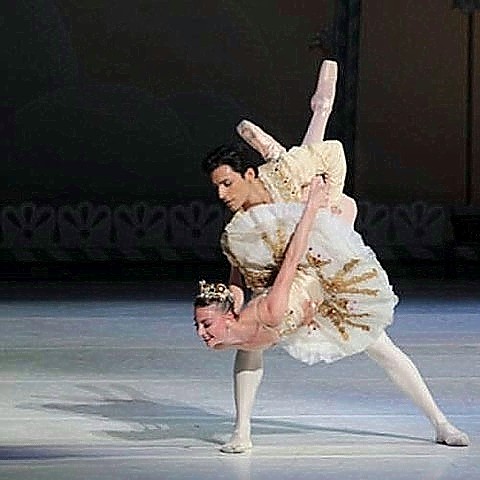
In George Balanchine’s The Nutcracker, the Sugar Plum Fairy holds a large amount of responsibility. She is the first and last Sweet to perform in Act II and is responsible for showing Marie and the Prince their way. When I revisit classic roles like the Sugar Plum Fairy I hope to show audiences what I’ve been working during the rest of the season.
Personal and professional lives are usually combined during Nutcracker season. It can be difficult to spend time with family and friends because of performances and rehearsals. We perform five to six times a week while also preparing for our second repertory program. Fortunately, my family usually comes to visit and see some of the performances. During my time off I like to read, write, or watch old TV shows like Friends on Netflix. Having an outlet allows me to reset and rest my brain from ballet.
Miami City Ballet will be performing George Balanchine’s The Nutcracker December 5-7 in Naples, FL, December 11-13 in Fort Lauderdale, December 17-24 in Miami, and December 27-29 in West Palm Beach.

Contributor Samantha Hope Galler, a Bedford, Mass. native, spent 13 years training with The Ballet Academy, Inc., under the direction of Frances Kotelly in the Cecchetti Method. She performed six seasons with The Northeast Youth Ballet under the direction of Denise Cecere. She continued training, on scholarship, with Boston Ballet School and received the PAO Merit Trainee Scholarship. She received the NFAA Honorable Mention Award in Ballet. Galler spent summers training at Boston Ballet, Central Pennsylvania Youth Ballet and Boston Conservatory. She danced with Cincinnati Ballet in their 2008-2009 season under the direction of Victoria Morgan.
Samantha spent five seasons with Alabama Ballet under the direction of Tracey Alvey and Roger Van Fleteren. During her tenure there, she was promoted to principal dancer. She had the honor of performing some of her dream roles including Juliet in Romeo and Juliet, Odette/Odile in Swan Lake, The Lilac Fairy in The Sleeping Beauty, The Sylph and Effie in La Sylphide, Myrtha and Moyna in Giselle, Dryad Queen and Mercedes in Don Quixote, the Rancher’s Daughter in Agnes De Mille’s Rodeo. Her Balanchine roles included Dark Angel in Serenade; The Sugarplum Fairy, Arabian and Lead Marzipan in George Balanchine’s The Nutcracker™; and the principal roles in Allegro Brillante and Tarantella. She has also performed in Jiří Kylian’s Sechs Tanze, and Van Fleteren’s Shostakovich and Romancing Rachmaninov, both world premieres.
Samantha joined Miami City Ballet as a member of the corps de ballet in 2014. Since joining Miami City Ballet, Samantha has performed in various roles including as the Sugar Plum Fairy in Balanchine’s The Nutcracker and as the Harp Soloist in Balanchine’s Raymonda Variations.








